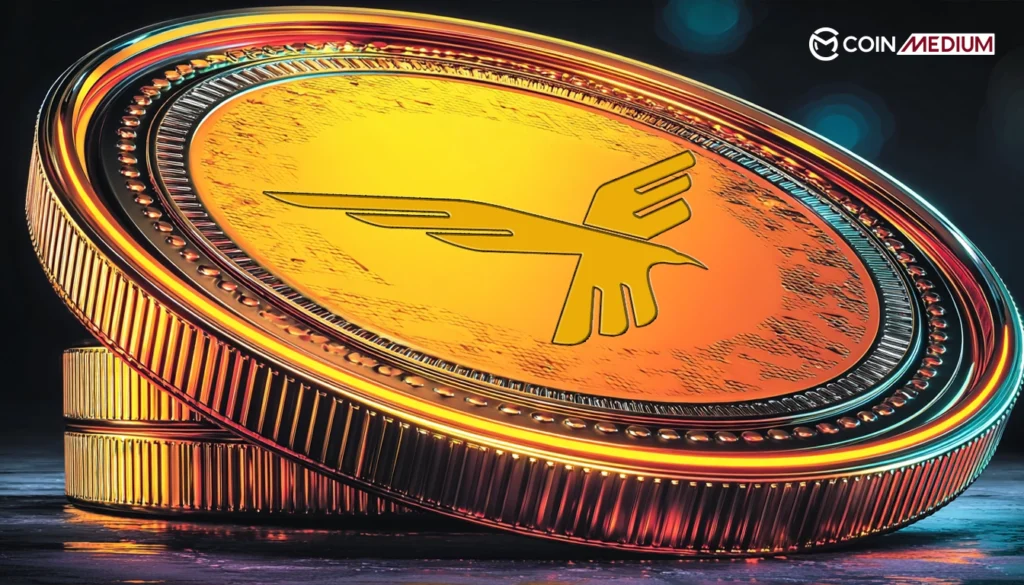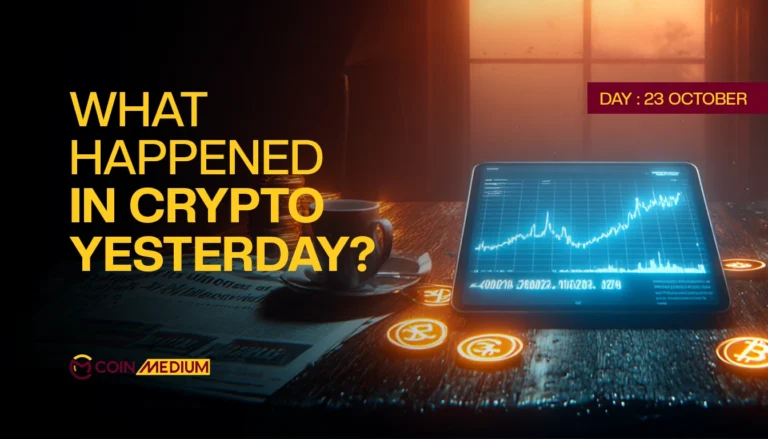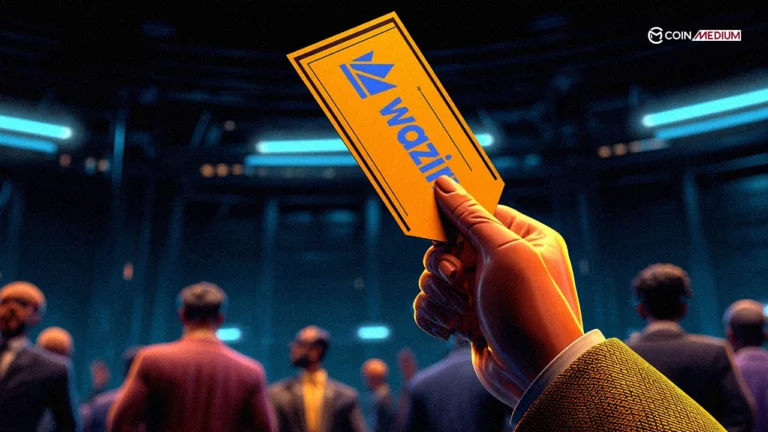The digital empire surrounding the Trump name faced its first major challenge in the cryptocurrency markets this week, as World Liberty Financial (WFL), the family’s crypto venture, saw its governance token plunge on its trading debut despite aggressive buyback mechanisms intended to stabilize its value.
The Trump family’s cryptocurrency venture, co-founded by Donald Trump, his sons, and other partners, saw its WLFI token decline significantly as it got launched on September 1, 2025. The token, listed on major exchanges including Binance, OKX, and Bybit, opened at approximately $0.31 and fell to a low of $0.21, a drop of about 32.3%. By the end of the day, WLFI settled at around $0.229, reflecting a roughly 26.1% decline from its opening price.
Although the tokens held by founders, including the Trump family, remain locked and subject to future community governance votes for release, the initial circulating tokens experienced significant downward pressure. According to experts, this volatility highlighted the market’s mixed response to the launch, driven by hype and early selling pressure from presale investors.
In response to the price fluctuations, WFL proposed a buyback and burn strategy, aiming to use all profits from transactions on blockchains such as Ethereum, BNB Chain, and Solana to repurchase and permanently burn WLFI tokens. This approach is designed to reduce the circulating supply and potentially increase the value for long-term holders.
Despite these efforts, trading volume surged from approximately $259 million at launch to $2.5 billion, as short sellers aggressively offloaded tokens.
Massive Token Unlock Boosts Trump Holdings
Analysts have questioned whether the buyback strategy can effectively offset upcoming token unlocks and the platform’s limited service demand, casting doubt on its ability to ensure long-term price stability.
“Upcoming token unlocks are likely to exceed the buyback amounts, and with few live products of WFL generating organic demand, the long-term impact on price stability remains uncertain,” said Min Jung, senior analyst at Presto, who cautioned that supply-side pressures could overshadow WLFI’s buyback efforts.
The success of burning tokens will depend on community approval, with early feedback showing majority support despite concerns about committing 100% of fees to burning without emergency treasury provisions. The proposal creates a direct link between platform usage and token scarcity, operating on the principle that “more usage equals more fees equals more WLFI burned.”
Ryan Yoon, senior analyst at Tiger Research, noted that while the buyback mechanism “should theoretically support token value through supply reduction, WLFI currently lacks operational services beyond basic liquidity provision, which may lead to minimal fee generation for the burn program.”
WFL currently has a circulating supply of 27.3 billion WLFI tokens out of 100 billion. Despite a sharp price decline, WLFI’s value remains well above the $0.015 paid by early whitelisted investors, who were pre-approved to buy WLFI tokens at a discounted price during a private presale.
Regulatory Scrutiny Mounts Amid Market Volatility
The project faces mounting regulatory scrutiny from Democratic lawmakers and ethics experts who argue that the Trump family’s cryptocurrency ventures create conflicts of interest while President Trump simultaneously reshapes digital currency regulations. The White House maintains that Trump’s assets operate through a trust managed by his children, dismissing conflict of interest concerns.
According to Reuters calculations based on company documents and blockchain analysis, the Trump family has generated approximately $500 million from the project since its launch.
As WFL navigates its challenging market debut, the project’s ability to demonstrate real utility beyond speculative trading will determine whether its ambitious tokenomics can deliver sustainable value for investors betting on the Trump family’s cryptocurrency vision.








